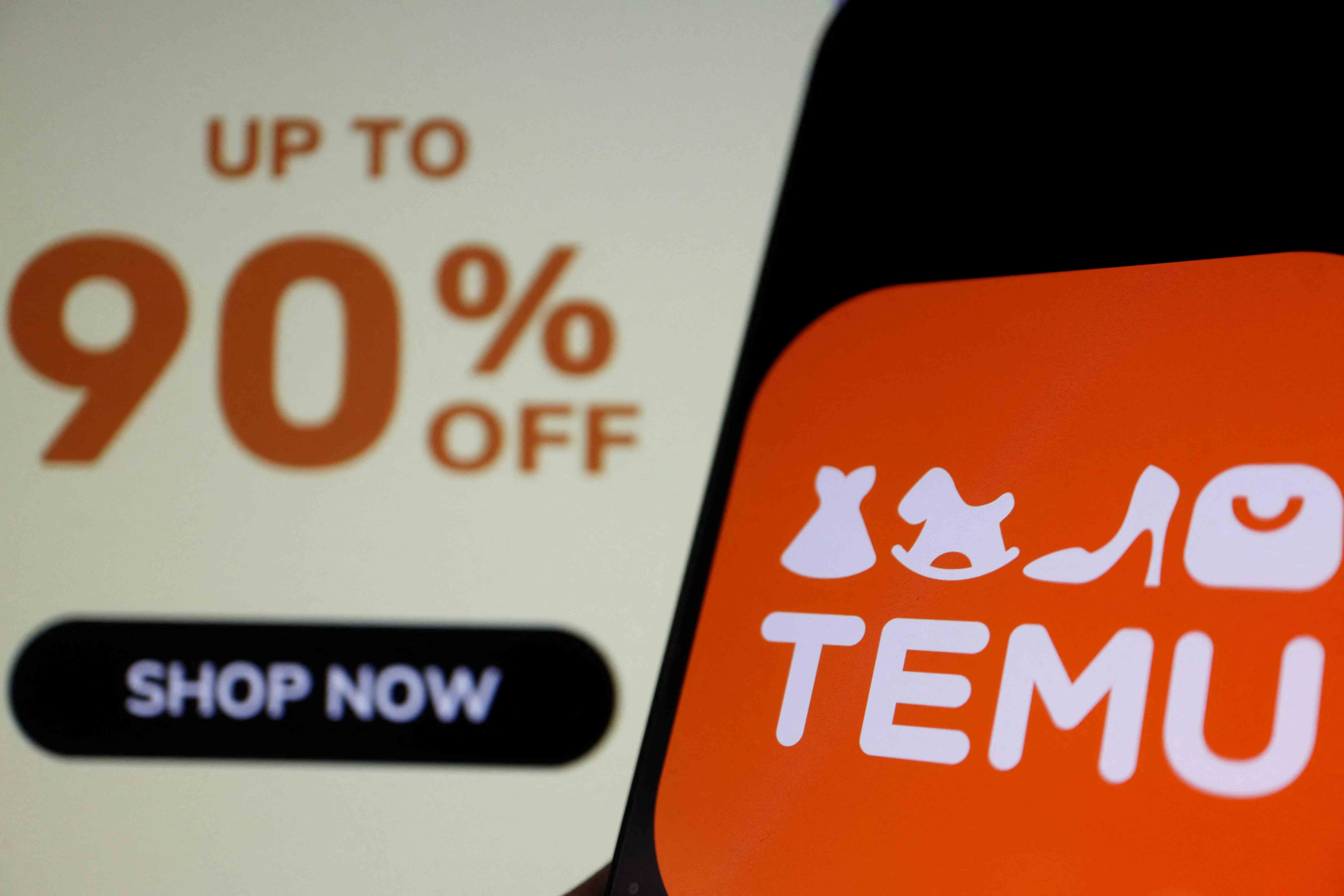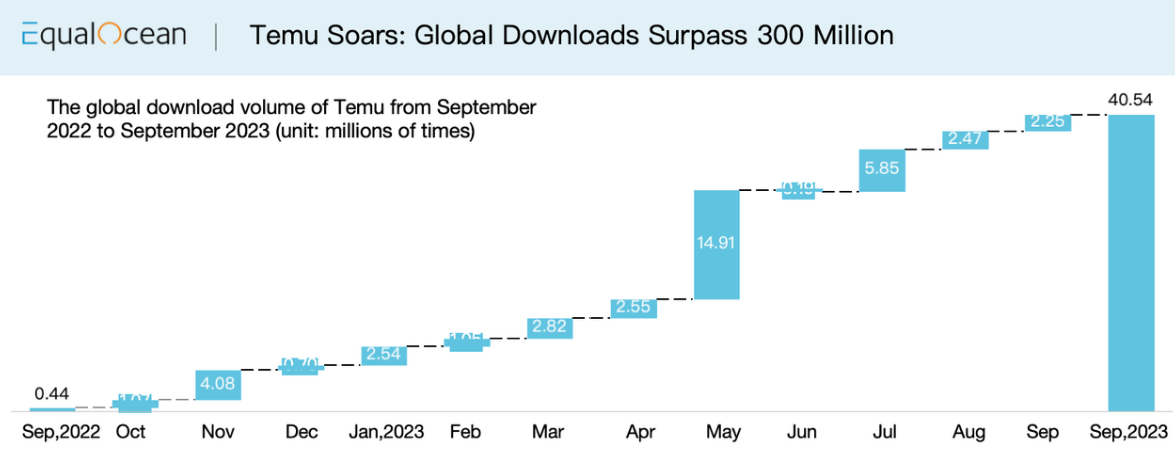What’s Temu’s recipe for Success?

Source: Reuters
Temu's rise in the e-commerce sector, particularly in Europe and the US, is a story of strategic precision and market adaptation. This rise, especially when comparing it to established players like AliExpress and Shein, reveals much about the current dynamics of global e-commerce. This article delves into the strategies that have propelled Temu's success.
Market Entry and Consumer Adaptation
Temu's entry into the European and US markets was well-timed, coinciding with a period marked by economic challenges such as rising inflation. This period saw consumers increasingly seeking cost-effective shopping alternatives. Unlike Shein, which has a strong focus on fashion, and AliExpress, known for its wide-ranging product categories, Temu made its mark by offering a diverse array of products at highly competitive prices. Reports indicated that in the third quarter of 2023, Temu's Gross Merchandise Volume (GMV) surpassed USD 5 billion, showcasing its rapid market capture.
User Engagement and Experience
Temu's user engagement strategy significantly differs from its competitors. According to Apptopia, the average Temu user spent about 18 minutes per day on the app in Q2, nearly double the time spent on Amazon (10 minutes) and surpassing AliExpress and eBay (11 minutes). This high engagement level is a product of Temu's interactive and gamified user experience, a feature not as prominently utilized by AliExpress or Shein.
Marketing and Customer Acquisition
Temu's aggressive marketing strategies have been key to its growth. It has invested heavily in marketing channels, distinguishing itself from AliExpress’s traditional e-commerce approach and Shein's influencer-centric marketing model. This investment has been effective, with Temu experiencing a tremendous rise in app downloads and user acquisition, as indicated by Sensor Tower's data revealing over 300 million global downloads between September 2022 and November 2023.

Product Diversity and Pricing Strategy
Temu’s diverse product range, coupled with its aggressive pricing strategy, has given it a unique competitive edge. While AliExpress and Shein also offer competitive prices, Temu’s focus on low-cost products across various categories has appealed to a broader demographic. This strategy has been crucial in markets like the US and Europe, where consumers are increasingly price-sensitive due to economic pressures.
Logistics and Delivery Efficiency
In terms of logistics, Temu has made significant strides, aiming to reduce delivery times and enhance customer satisfaction. This strategy positions Temu as a strong competitor against Amazon, known for its rapid delivery services. Temu's collaborations with shipping giants aim to reduce costs by 30%-60%, showcasing its commitment to efficient logistics.
Building Trust and Reputation
Like its competitors, Temu has faced challenges in building consumer trust, particularly concerning product quality and ethical practices. However, its proactive measures in addressing these issues have begun to yield positive results. Temu's dedication to improving quality and addressing ethical concerns has played a crucial role in enhancing its market reputation.
Conclusion
Temu's ascent in the e-commerce space is a mix of strategic market entry, robust user engagement, aggressive marketing, competitive pricing, logistical efficiency, and a commitment to building consumer trust. While AliExpress and Shein remain strong competitors, Temu's distinct approach has carved out a significant market share for itself. The data and numbers reflect this success, positioning Temu as a prominent player in the e-commerce market. As the global e-commerce landscape continues to evolve, Temu's strategies provide critical insights into the dynamics of market penetration and the importance of adaptive business models.
As Temu grows its operations, it is expected to strengthen its position against competitors like AliExpress and Shein by expanding into new markets and diversifying its product range with its low prices, appealing to a wider consumer base. However, sustaining such low pricing in the long term may be challenging and will likely require innovative approaches in supply chain management and cost optimization. Whether Temu can continuously offer these low prices while remaining competitive and profitable will be a key factor in its ongoing positioning in the global e-commerce market.
Source: Equal Ocean (2024), Insider Intelligence (2023), Similarweb (2023)
Editor: Esmee Mei

